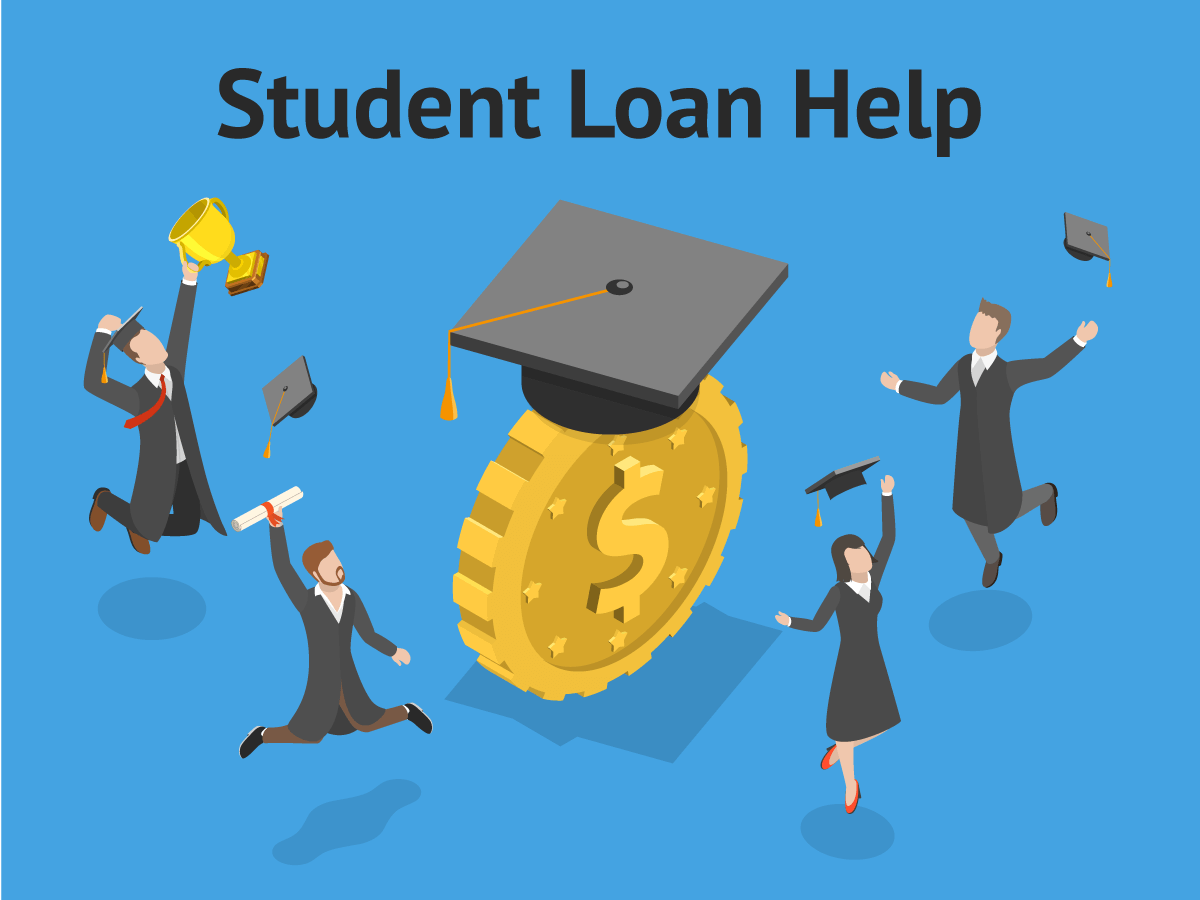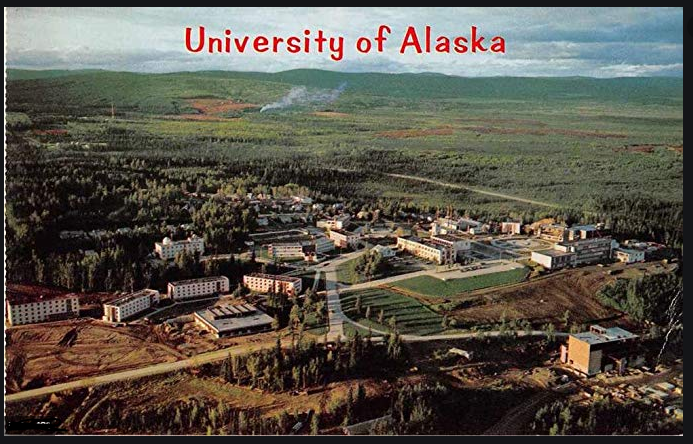Exploring Student Loan Options in Alaska

Are you considering pursuing higher education in Alaska and wondering how to finance your studies? Alaska offers various student loan options, including state-based programs, scholarships, and federal loan forgiveness programs. Understanding these options can help you make informed decisions about financing your education.

Alaska Education Grant
The Alaska Education Grant is a state-based program designed to provide financial assistance to students with unmet financial needs. The grant typically awards amounts ranging from $500 to $4,000 per academic year. Priority is given to students with the greatest financial need, and funds are distributed until they are exhausted. Students enrolled in 15 credits per semester may be eligible for higher award amounts. The Alaska Education Grant helps students bridge the gap between their available resources and the cost of education.

Alaska Supplemental Education Loan (ASEL)
The Alaska Supplemental Education Loan (ASEL) is a credit-based student loan available to Alaskan students. It offers an affordable alternative to private lender loans. The ASEL comes with fixed interest rates that were between 5.15% and 8.50% for the 2018-2019 school year. It can be used for studying both in Alaska and out of state. The ASEL is a valuable resource for students who require additional financial support beyond scholarships, grants, and federal loans.
Alaska Performance Scholarship (APS)
The Alaska Performance Scholarship (APS) is a merit-based aid program that recognizes and rewards Alaska high school students who excel academically. The scholarship is awarded based on a student’s high school GPA, ACT or SAT scores, and completion of a rigorous high school curriculum. The APS offers different levels of scholarships, including the “Excellence” level, which covers a significant portion of tuition and fees at eligible Alaska postsecondary institutions. The APS encourages students to achieve academic excellence and pursue higher education within the state.

Federal Loan Forgiveness Programs
In addition to state-based programs, Alaska residents can explore federal loan forgiveness programs to potentially reduce their student loan debt. These programs provide relief to borrowers who meet certain criteria. Here are a few examples:
- Public Service Loan Forgiveness (PSLF): The PSLF program offers loan forgiveness to individuals who work full-time for qualifying public service organizations, such as government agencies and nonprofit organizations. After making 120 qualifying payments, borrowers may be eligible for loan forgiveness.
- Teacher Loan Forgiveness: Teachers who work in low-income schools or educational service agencies may qualify for loan forgiveness after completing five years of teaching. The Teacher Loan Forgiveness program encourages qualified educators to serve in high-need areas.
- Nurse Corps Loan Repayment Program: Registered nurses can have a portion of their nursing student loans repaid in exchange for a service commitment at an approved site. The Nurse Corps Loan Repayment Program aims to address the shortage of healthcare professionals in underserved areas.
- Indian Health Service Loan Repayment Program: This program provides loan repayment assistance to healthcare professionals who work in Indian Health Service facilities. It offers an opportunity for loan forgiveness in exchange for service commitments.
- Federal Consolidation Loan: If you have multiple federal loans, you can consolidate them into a single Federal Direct Consolidation Loan. Consolidating your loans simplifies repayment by combining them into one loan with a single monthly payment.
These federal loan forgiveness programs offer potential relief for borrowers who meet specific criteria and complete the necessary requirements. They can significantly reduce the burden of student loan debt.
Remember to consult the official websites of the Alaska Commission on Postsecondary Education, federal loan forgiveness programs, and other relevant organizations for the most up-to-date information and eligibility criteria. It’s important to research and compare the benefits, requirements, and repayment options of each program to determine which ones align with your specific circumstances and goals.








Final Thoughts
When exploring student loan options in Alaska, it’s essential to consider both state-based programs and federal loan forgiveness programs. By combining these resources, you can maximize your financial aid and potentially reduce your student loan burden. Remember to research the specific eligibility criteria, application processes, and repayment terms for each program.
Additionally, it’s a good idea to reach out to financial aid offices at the educational institutions you are considering attending. They can provide guidance on available scholarships, grants, and loan options specific to their institution.
Before committing to any loan or program, carefully consider the terms and conditions, interest rates, repayment plans, and the impact on your long-term financial well-being. It’s important to borrow responsibly and only take on the amount of debt that is necessary to cover your education expenses.
Lastly, stay informed about changes in loan forgiveness programs and financial aid policies. Regularly check the websites of the Alaska Commission on Postsecondary Education, the U.S. Department of Education, and other relevant sources for updates and new opportunities.
Remember, education is an investment in your future, and exploring the available student loan options in Alaska can help make it more accessible and affordable.



